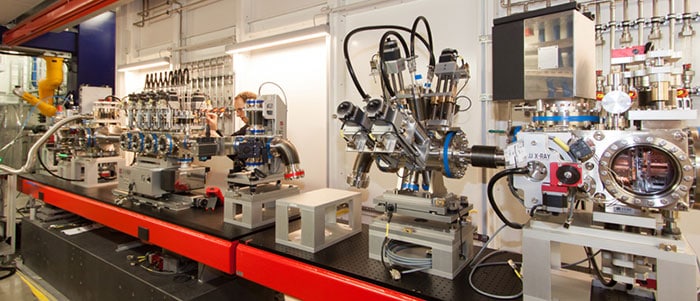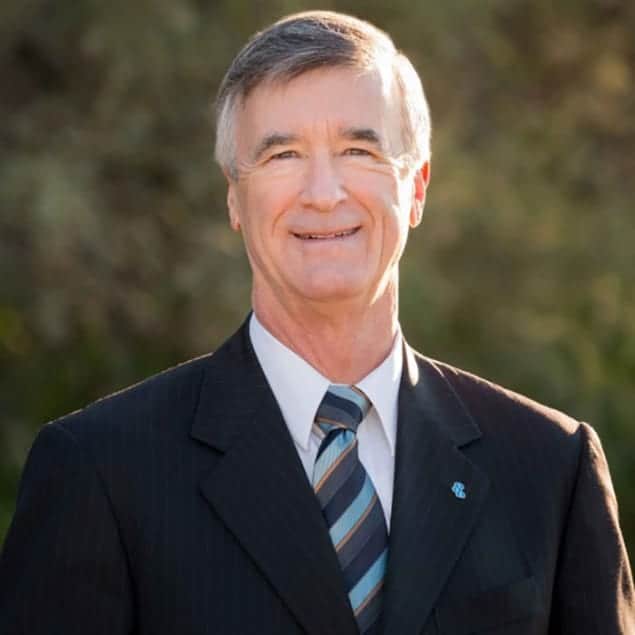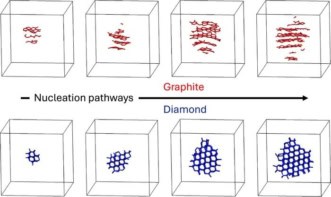Flash Physics is our daily pick of the latest need-to-know developments from the global physics community selected by Physics World‘s team of editors and reporters
A fish in shining armour
Fish have inspired a new design for flexible armour. Roberto Martini and Francois Barthelat from McGill University in Montreal, Canada, have looked to nature to design a protective, scaled material. Over millions of years, evolution has ensured animals can protect themselves from physical threats. In particular, the scales of animals such as snakes and fish allow flexibility yet still protect the soft tissue beneath from punctures. While humans have a long history of making scale-like armour, engineers are still exploring how nature achieves this protection so easily. Martini and Barthelat looked at hundreds of fish scales to understand their individual and group properties, finally finding that an alligator gar gave the best answers. “The people at the fish market must have wondered what we were up to,” says Bathelat. They developed a new technique to cover large, soft surfaces with ceramic tiles. Using computer simulations alongside experimental testing, they were able to find the ideal size, shape and arrangement of scales and study how they deform, slide and fracture. The resulting armour is more flexible and resistant to damage than a continuous layer of ceramic, and 10 times more resistant than soft elastomers. The work is presented in Bioinspiration and Biomimetics.
Condensed-matter physicist to lead Giant Magellan Telescope Organization
The condensed-matter physicist and university administrator Robert Shelton has been appointed president of the Giant Magellan Telescope Organization (GMTO) – which is building what will be the world’s largest optical observatory. Located at the Las Campanas Observatory in Chile and run by an international consortium of universities and astronomy institutes, the Giant Magellan Telescope will have a mirror 24.5 m in diameter and a resolving power 10 times greater than the Hubble Space Telescope. Shelton is currently president of the US-based Research Corporation for Science Advancement, which is a private foundation that provides funding for research in the physical sciences. He will leave his current post and join the GMTO in February. Shelton has also been president of the University of Arizona and has a research career investigating the collective behaviour of electrons in novel materials.
European free-electron laser opens for proposals

The European X-ray Free Electron Laser (E-XFEL) in the Hamburg region of Germany has issued its first call for proposals for beam time on the 3.4 km-long facility. The E-XFEL, which is currently being commissioned, will use a superconducting linear accelerator to accelerate electrons before passing them through an “undulator” so they produce coherent X-ray beams 30,000 times per second. Each pulse will last less than 100 fs (10–13 s), allowing researchers to create “movies” of chemical processes such as bonding and the way vibrational energy flows across a material. The user programme at the facility is expected to start later this year for a two-month period with two instruments – the Femtosecond X-Ray Experiments and the Single Particles, Clusters, and Biomolecules and Serial Femtosecond Crystallography instrument. The deadline for applications is 20 March, with the next proposal round scheduled for mid-2017 for experiments in early 2018, when it is expected that a further four instruments will come online.
Bruker buys nanoanalysis firm Hysitron
Hysitron, which supplies equipment for making mechanical measurements at the nanometre scale, has been bought by the Bruker Corporation. Hysitron was founded in 1992 in Minneapolis, US. It has annual revenues of about $20m and supplies nanoindentation systems, which are used to measure the hardness of nanomaterials. The firm also makes equipment for tribology and electron microscopy. Bruker was founded in Germany in the 1960s and supplies a wide range of scientific instrumentation. The company is now based near Boston, US, and has more than 6000 employees worldwide. According to Mark Munch, president of Bruker’s NANO Group, Hysitron’s products will complement Bruker’s atomic-force-microscopy systems as well as its mechanical and tribology test instruments.
- You can find all our daily Flash Physics posts in the website’s news section, as well as on Twitter and Facebook using #FlashPhysics. Tune in to physicsworld.com later today to read today’s extensive news story on the latest on Donald Trump’s science policy.




